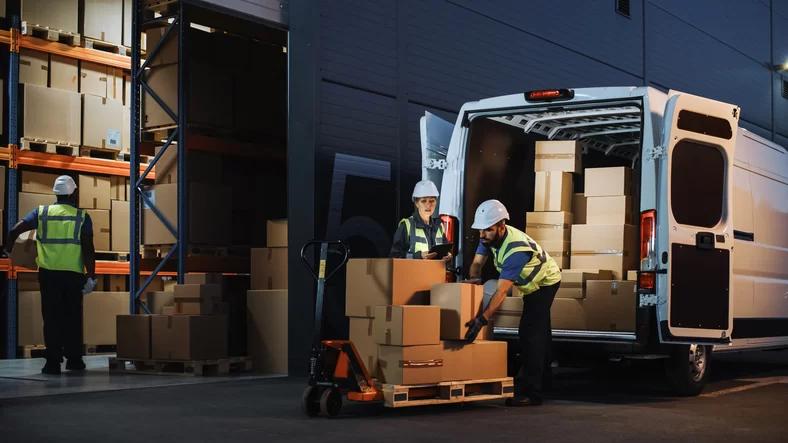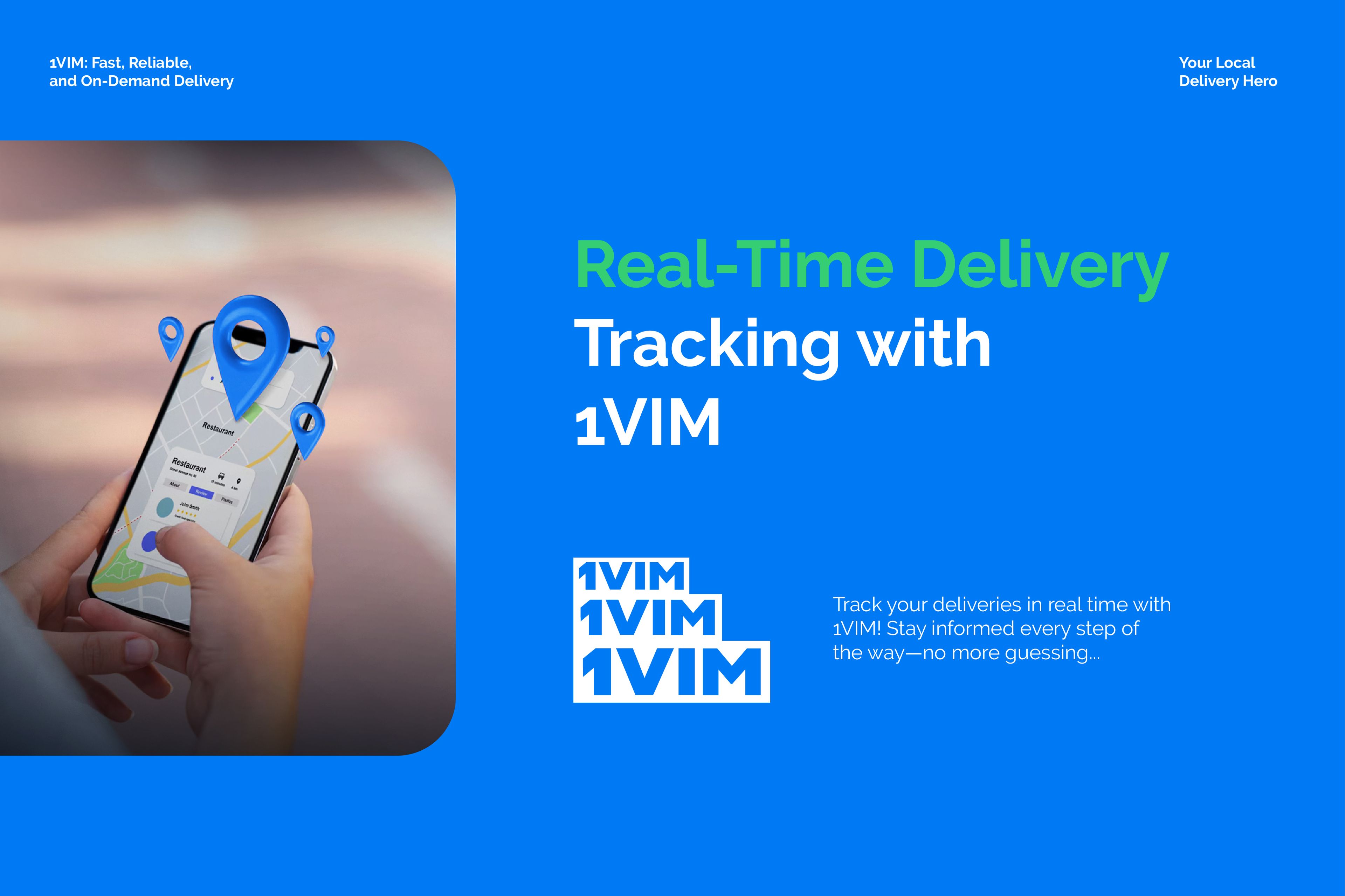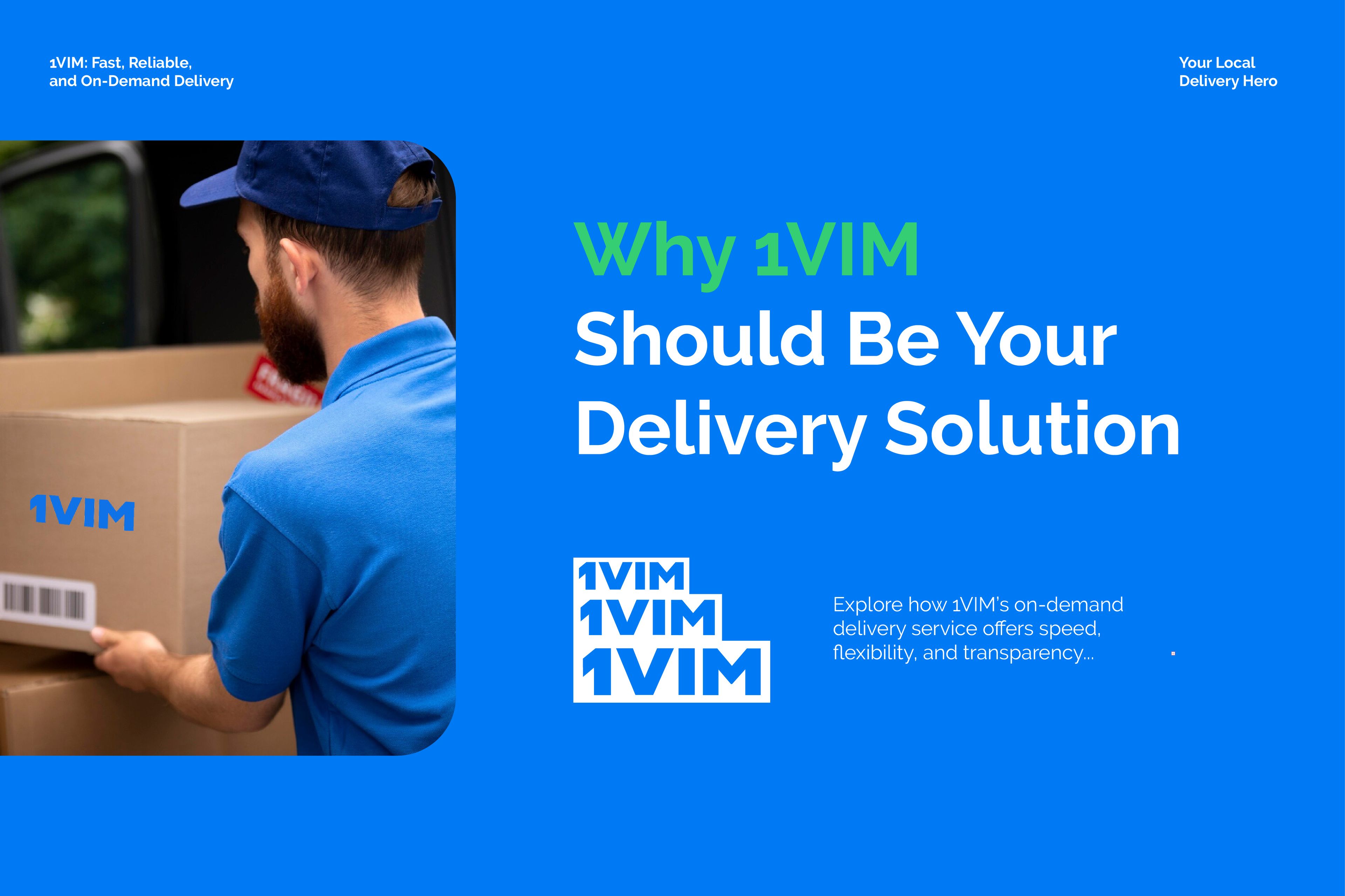The Last Mile Dilemma

In today's on-demand economy, small businesses face an increasingly complex challenge: the last mile delivery problem. While giants like Amazon and Walmart have built sophisticated logistics networks, smaller retailers often struggle to meet customer expectations for fast, reliable delivery without breaking the bank. Let's dive into why this matters and what solutions are emerging for small business owners.
Understanding the Last Mile Challenge
The "last mile" refers to the final leg of delivery - getting products from a local hub to the customer's doorstep. Though it's called the last mile, it can actually span several miles and typically accounts for 53% of total shipping costs. For small businesses, this presents several critical challenges:
1. Cost Pressures
- Fuel expenses
- Labor costs for drivers
- Vehicle maintenance and insurance
- Technology investments for route optimization
- Customer service resources for delivery tracking
2. Operational Complexity
- Managing delivery schedules
- Handling real-time route changes
- Coordinating multiple drivers
- Dealing with failed delivery attempts
- Managing peak periods and seasonal demands
3. Customer Expectations
- Same-day or next-day delivery demands
- Real-time tracking capabilities
- Flexible delivery windows
- Professional delivery personnel
- Competitive shipping rates
Impact on Small Business Success
For many small businesses, delivery capabilities can make or break their success. A recent survey showed that 73% of shoppers expect affordable, fast delivery options when shopping online. Unable to meet these expectations, many small businesses lose customers to larger competitors who can offer more sophisticated delivery services.
Emerging Solutions
Fortunately, new solutions are emerging to help small businesses compete:
1. Third-Party Delivery Partnerships
Many small businesses are partnering with services like DoorDash, Uber Eats, and Shipt for local deliveries. While these services take a cut of profits, they provide:
- Established delivery networks
- Professional drivers
- Built-in tracking systems
- Flexible scaling during busy periods
2. Local Delivery Cooperatives
Some communities are seeing the rise of local delivery cooperatives, where small businesses:
- Share delivery resources
- Split costs
- Coordinate routes
- Pool technology investments
3. Technology Solutions
New software platforms are making it easier for small businesses to manage deliveries:
- Route optimization tools
- Delivery management apps
- Customer communication systems
- Analytics for better planning
Best Practices for Small Businesses
To tackle the last mile challenge effectively, small businesses should consider:
- Know Your Numbers
- Calculate true delivery costs
- Understand profit margins per delivery
- Track key performance metrics
- Monitor customer satisfaction
- Set Realistic Expectations
- Clearly communicate delivery policies
- Be transparent about limitations
- Offer multiple delivery options
- Price services appropriately
- Focus on Customer Experience
- Provide real-time updates
- Make it easy to track orders
- Have clear communication channels
- Handle issues promptly
Looking Ahead
The last mile delivery challenge isn't going away, but neither are small businesses. Innovation in this space continues to accelerate, with promising developments in:
- Autonomous delivery vehicles
- Micro-fulfillment centers
- AI-powered route optimization
- Sustainable delivery options


